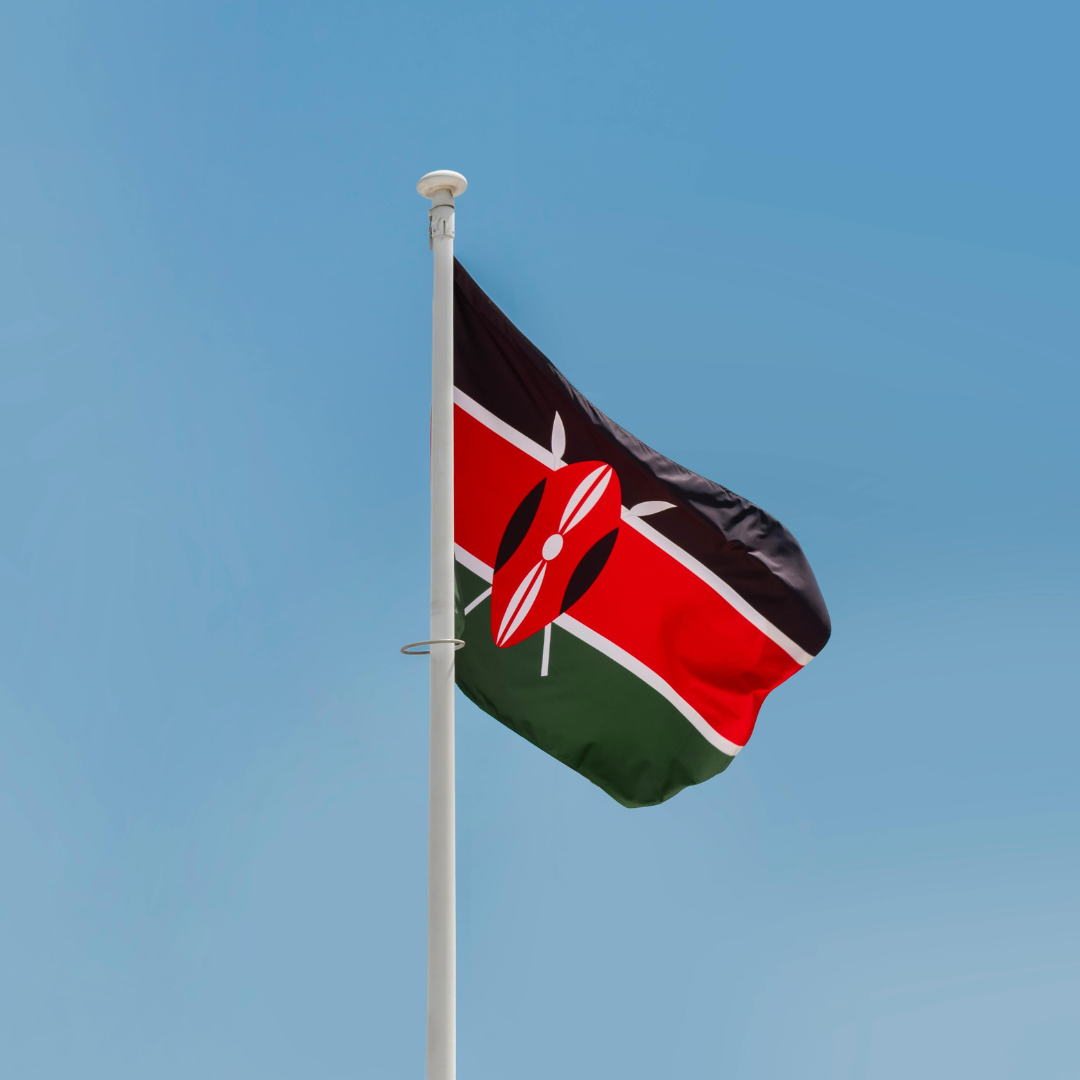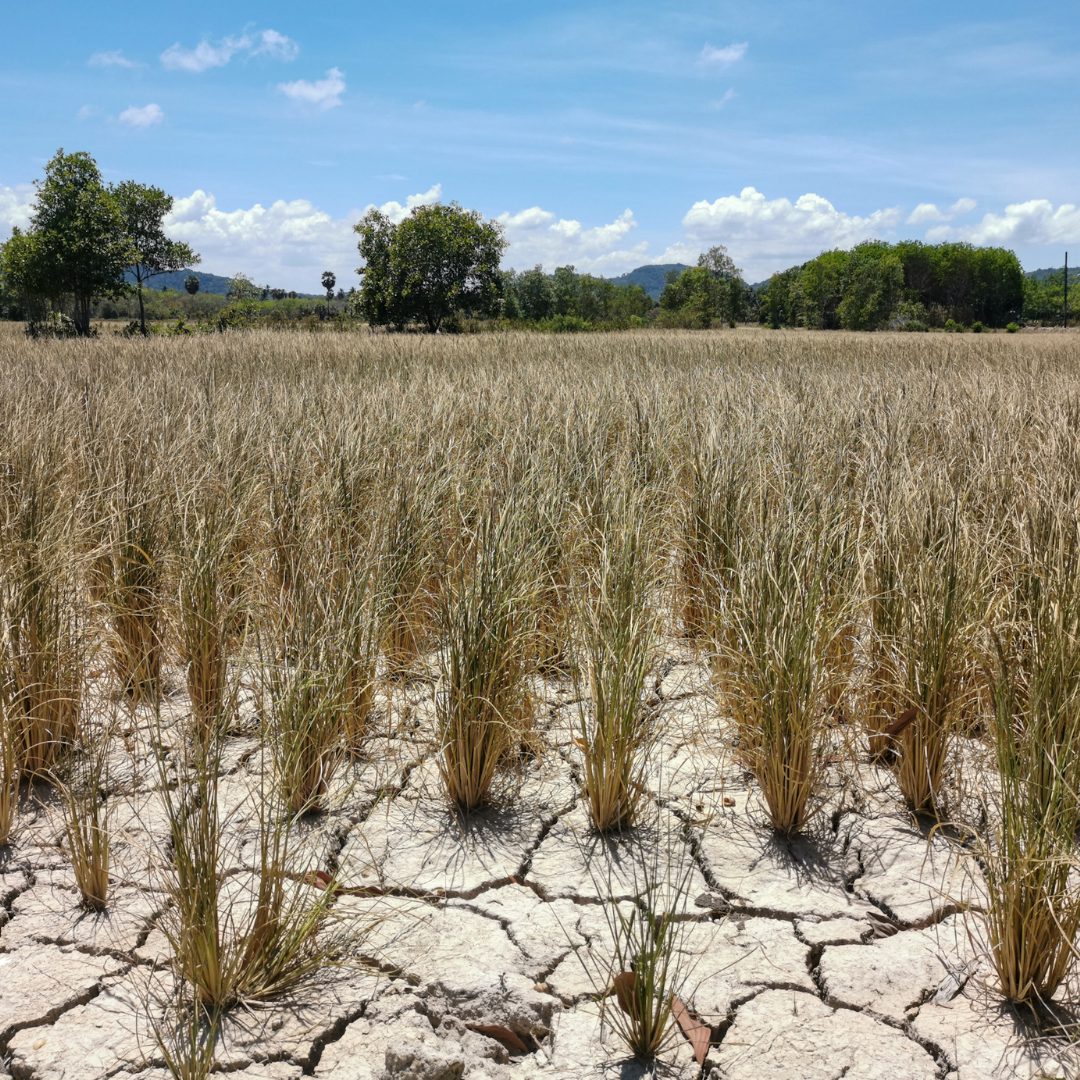
Dryland Restoration: Bridging the Gap Between Science and Finance To Restore the Planet’s Most Overlooked Ecosystem
"Guess I will be working in Nairobi this summer," I said to my friend in disbelief. We had just landed at the airport in Oslo, and I had just taken my phone out of airplane mode and saw that I had received an email from CIFOR-ICRAF offering me a position as a summer intern. I had no specific aspirations to find an internship in Africa over the summer; the motto was "wherever work and impact take me", and I am profoundly grateful that it took me to Kenya. I had the opportunity to work on one of the most impactful projects of my career thus far: the development and scaling of investments in dryland restoration.

Understanding dryland ecosystems
Dryland ecosystems are characterised by limited water availability caused by low precipitation and harsh ecological conditions. They comprise over 40% of the Earth's land areas, spanning Africa, Central Asia, the Middle East, and parts of Latin America and North America. These landscapes take the form of deserts, savannas, grasslands, and shrublands. However, unlike the name suggests, drylands are severely underestimated for their productive capacity; they serve as the global agricultural backbone, supporting 44% of the world's farming.
These ecosystems provide homes to two billion people who depend on them for their livelihoods through drought-resistant crops, livestock grazing, and non-forest timber products. They house more than a third of global biodiversity and contain 30% of global carbon in above and below-ground soil. Despite their economic, social, and environmental importance, they remain neglected in global restoration agendas.
The crisis facing drylands is severe. In Africa, 43% of the continent's land consists of drylands, with 65% of soils fully degraded, resulting in a 3% loss in GDP annually. Over 525 million people across the continent rely on these lands for their livelihoods, yet are increasingly thrust into poverty and malnutrition as desertification worsens due to climate change.
The challenge at hand
This internship opportunity sat at the perfect intersection of my academic and professional background. Growing up in Alberta, Canada, where more than 60% of the land is covered in forests, and holding a degree in Environmental Sciences and Economics Policy, I started my career as a policy analyst in the Government of Canada's forestry research centre before transitioning into sustainable finance. When I came across this opportunity at another forestry research institution, one that sat at the intersection of finance, policy, and advocacy, there was no other role I would have rather pursued this summer.
The objective seemed clear: help build the investment case for restoring the planet's most overlooked ecosystems. However, developing clear market linkages to land restoration proved more challenging than I realised. The heart of the issue lies in the fact that our financial systems favour short-term, predictable returns, whereas land restoration delivers long-term, uncertain benefits that are difficult to price in markets. Revenue streams associated with land restoration are limited unless directly tied to carbon offset markets, and niche commodity crops in dryland ecosystems provide additional revenue streams but often lack the market size to generate substantial returns.
Non-financial challenges such as unclear land tenure, weak policy support, and fragmented landscapes leave restoration projects as risky investments. Despite research showing that every dollar invested in land yields $7–$30 in returns, financial flows remain far below what's needed to meet global climate, biodiversity, and land degradation targets.

Finding solutions through stakeholder insights
Just because market linkages aren't immediately obvious doesn't mean they don't exist. I conducted interviews with stakeholders ranging from intergovernmental organisations and climate science researchers to financial institutions, funds, multinational corporations, SMEs, and non-profits. These consultations revealed that effective climate solutions must be established on a three-pronged approach of science, finance, and policy.
One of the most important lessons I learned was that our sole focus cannot be to morph climate action into the parameters of our existing financial institutions. Rather, our economic landscape must evolve to adapt to the growing threats posed by climate change. This points to existing innovative solutions such as blended finance structures designed to de-risk and scale investments, and the monetisation of ecosystem services through carbon, biodiversity, and water credits. There's also the crucial need for multinational agricultural companies to increase supply chain resilience through agroforestry systems as they face increasing risks from conventional agricultural practices.
Reflection
Ever since I returned from Kenya, I have had a consistent, lingering feeling of contentment and agency in my chest.
This internship has been the highlight of my INSEAD experience thus far, not just for the work but for the opportunity to explore such a dynamic and amazing country.
I experienced a nation full of vibrant music and arts communities, gorgeous and diverse landscapes, and people who made me feel not like a foreigner, but rather like someone coming to a different home.
If it were not for this programme, I would have never been able to identify a new definition of community.
Working on dryland restoration taught me that sometimes the most overlooked ecosystems, like the most overlooked opportunities, hold the greatest potential for meaningful impact.
This internship experience was supported by the INSEAD Hoffmann Institute Impact Internship Stipend.




